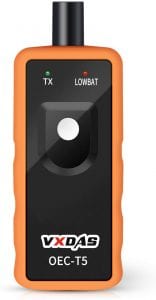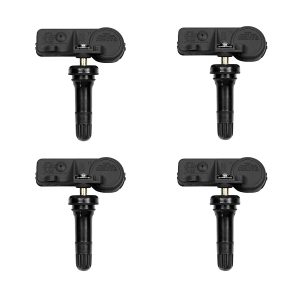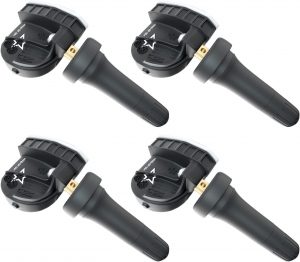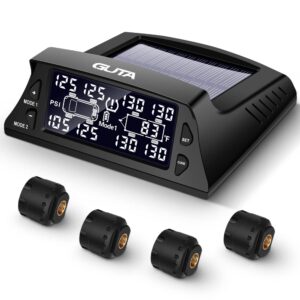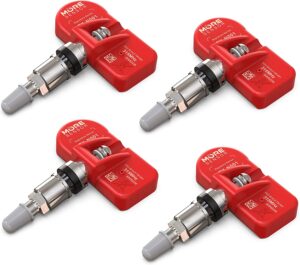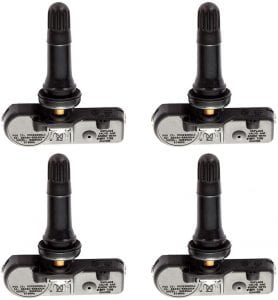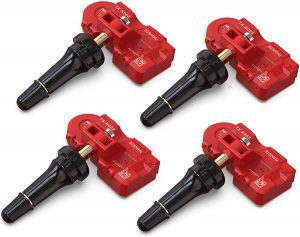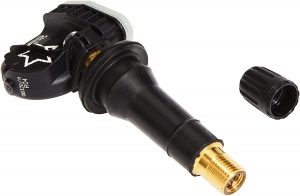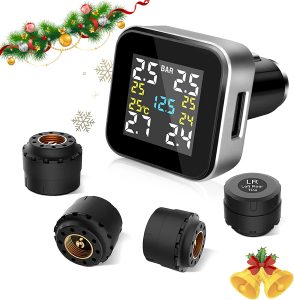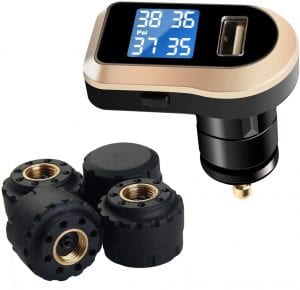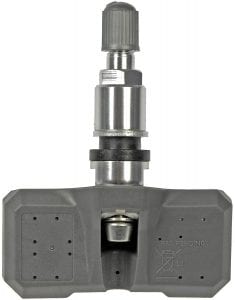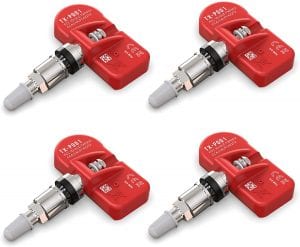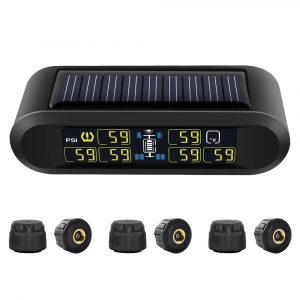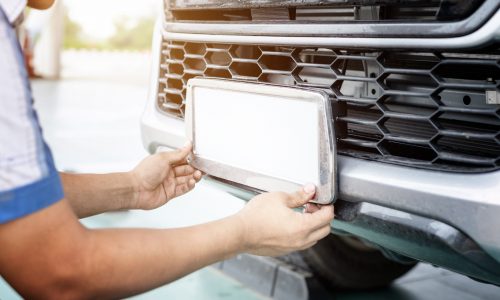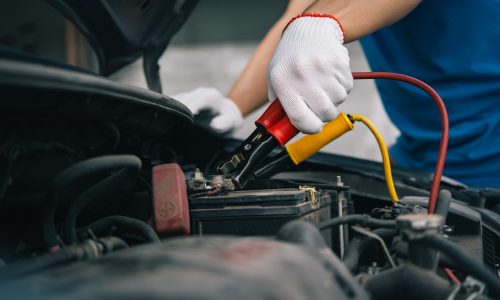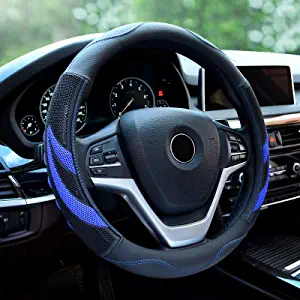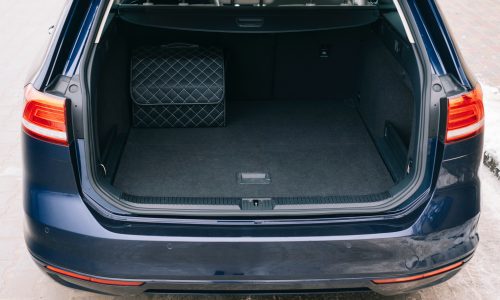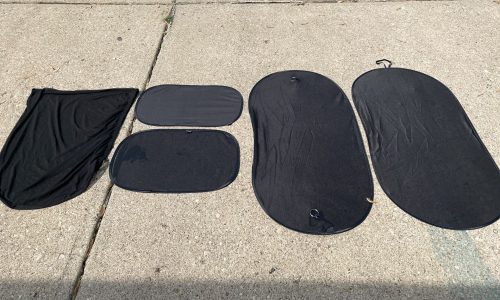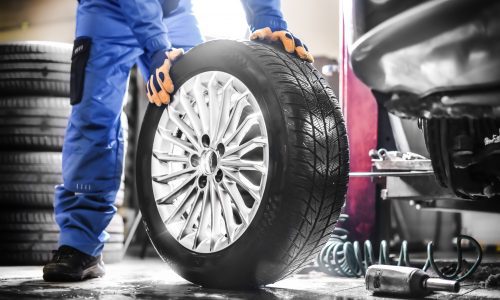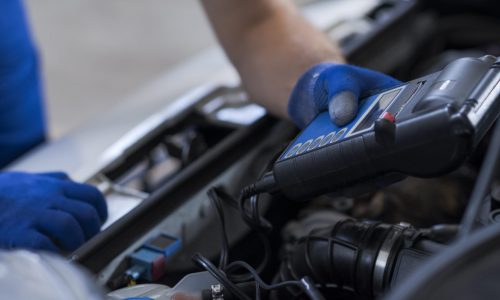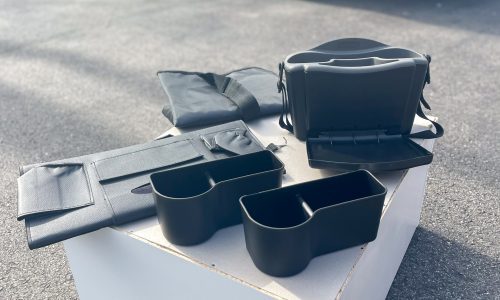The Best Tire Pressure Sensor
Check out the best-selling automotive products on Amazon.com
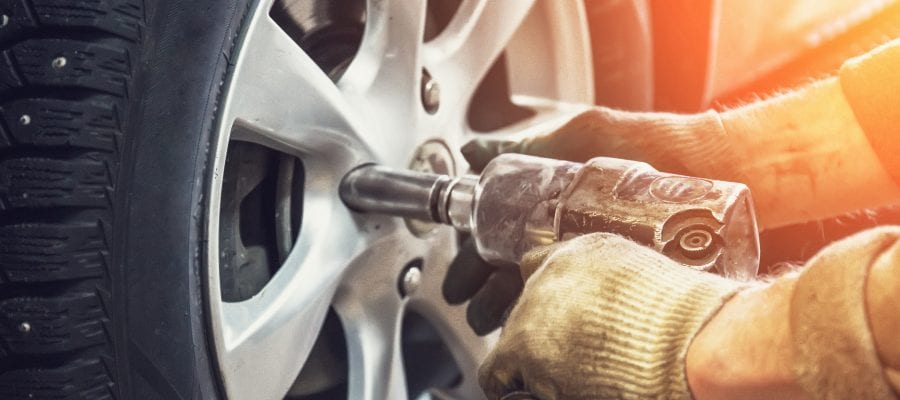
Our Review Process
Don't Waste Your Money is focused on helping you make the best purchasing decision. Our team of experts spends hundreds of hours analyzing, testing, and researching products so you don't have to. Learn more.
Our Picks For The Top Tire Pressure Sensors
- 1. VXDAS GM Auto Tire Pressure Monitor Sensor
- 2. HQPASFY Smart Long-Lasting Tire Pressure Sensors, 4-Pack
- 3. Marsflex Easy Install Pre-Programmed Tire Pressure Sensors, 4-Pack
- 4. GUTA Long Distance Power-Saving Tire Pressure Sensors, 4-Pack
- 5. MORESENSOR Reinforced Plastic Adjustable Angle Tire Pressure Sensor, 4-Pack
- 6. ROADFAR Pre-Programmed 315MHz Tire Pressure Sensor, 4-Pack
- 7. MOBILETRON 315MHz Machine Made Tire Pressure Sensor, 4-Pack
- 8. ACDelco 13586335 GM Tire Pressure Monitoring Sensor
- 9. Tymate Color Display Screen Tire Pressure Sensors, 4-Pack
- 10. Vesafe Real-Time Wireless Tire Pressure Sensors, 4-Pack
- 11. Dorman DiRECT-FIT 315 MHz Professional Repairing Tire Pressure Sensor
- 12. MOBILETRON 315MHz TPMS Flange Mount Tire Pressure Sensors, 4-Pack
- 13. B-Qtech Solar Power USB Charging Tire Pressure Sensors, 6-Pack
When it comes time to change your tire pressure sensor or rotate your tires, you'll want to have this tool on hand. It features both a TX pilot light and a low battery light. There's just one button for operation, making it a cinch to use.
Easy to UseThis tire pressure sensor tool works on most GM vehicles.
Real-time monitoring is what you can expect from this set of tire pressure sensors. The sensors are quality-made and offer a long battery life. Additionally, they have a high temperature resistance and the ability to minimize electro-magnetic interference.
Designed to LastYou'll find this tire pressure sensor can be used in a wide range of makes and models, including a Chevy Silverado and a Buick Cascada.
This tire pressure sensor has a wide application and is compatible with many Chevy, Buick and Cadillac vehicles. The battery has recently been upgraded to offer a 5 to 8-year lifespan. The sensor is also easy to install, as it comes pre-programmed.
Upgraded BatteryThis tire pressure sensor has an operating temperature range between -104 and 257 degrees Fahrenheit.
There are three ways to charge this high-tech tire pressure sensor: solar power, USB port or cigarette lighter. The device has a large LCD screen with a backlight for easy viewing. It's capable of alerting you when your tire pressure is too high or low, as well as when your tire has a leak or the battery is running low.
All the Bells and WhistlesThis tire pressure sensor has an automatic sleep mode
Buying Guide
If you’re a car owner, you’re probably under no illusions that that car will last forever. You can expect most automobile parts to break down at some point. But there are few parts that can go from working condition to catastrophic failure as quickly or dramatically as your tires.
This means it is extremely important to keep an eye on the air pressure in your tires. It’s typically pretty easy to tell what the optimum PSI is for your tires. That acronym stands for “pound-force per square inch,” and the optimum PSI for your car’s tires can often be found on a sticker inside your door jamb, somewhere on the console, inside the trunk lid or in your owner’s manual.
Plain, mechanical tire pressure gauges can detect the PSI and let you adjust accordingly, though these gauges are not always 100% accurate. Worse still, by the time you detect any changes in your air pressure, your tire might already be damaged from under-inflation. And if the tires are over-inflated, the chances of a sudden blowout increase dramatically.
That’s where tire pressure sensors come in. These are either replacements for a car’s existing electronic sensors or devices that provide that capability for older vehicles. When installed, they consistently measure the air pressure on each tire, eliminating the need for you to constantly check them manually. They relay the PSI readings to a central monitor, which can issue alerts if the pressure drops below acceptable levels.
Before you buy these safety minders, it’s helpful to know how they work. If your car comes with a factory-installed tire pressure monitoring system (TPMS), it measures pressure in one of two ways: direct or indirect. Indirect sensors are typically connected to the vehicle’s anti-lock braking system. They detect minute differences in the diameter of your tire while it’s in motion.
Direct TPMS sensors sit within the wheel hub and actually measure the air pressure firsthand. This direct method is more or less the same way that most after-market or replacement tire pressure sensors work.
The TREAD Act passed by Congress in the year 2000 made it mandatory for TPMS to come standard in all cars made after September 2007. But your sensors may have batteries that need to be replaced or that break down when subjected to harsh weather conditions over time.
Even if you have fully functioning sensors, there are plenty of reasons for an upgrade. Many tire pressure sensors allow you to check the air pressure on a regular basis — not just when they get dangerously low. Most of them will give you individual readouts for each tire, and some will even measure vital factors like an increase in tire temperature, low battery power or electronic system failures.
That’s the first question you need to ask: Whether you’re looking for a simple replacement or an upgrade. In either case, you need to make sure the sensors are compatible with the model of your car. That’s particularly important for replacement sensors, which will need to connect with your car’s monitoring system.
Finally, a word about batteries: When they run down, there should be some alert that lets you know. If you spend a little bit more, you can buy sensors that run on partial solar power. Your mileage on this may vary depending on the climate where you live, but they can definitely enhance the lifespan of your system.
What to Look For
Other things to consider
- It’s a good idea to monitor the air pressure in your car tires, but what about your trailer? In most cases, your trailer tires won’t be monitored by your car’s onboard TPMS, but you can buy your own. Just make sure that the sensors are specifically designated for use with trailers: Some use wireless technology that may not have the range to reach your monitor. The same is true for buying extra sensors for your spare tire or motorcycle.
- Even if you’ve got a valve stem cap sensor that’s easy to install, just screwing them on might not mean you’re ready to go. Some sensors will automatically reset your onboard monitor when they are installed. Others may need to be reprogrammed, which may necessitate a trip to the mechanic.
More to Explore
In the late 1990s, defective Firestone tires were responsible for a recorded 271 fatalities. The fallout from that revelation led to strained relations between Firestone and Ford Motors, dissolving a partnership that had gone back more than 100 years.
However, as a result of the tire-related deaths, congress enacted the TREAD Act in the year 2000, which led to mandatory tire-pressure-monitoring systems in all American automobiles.

